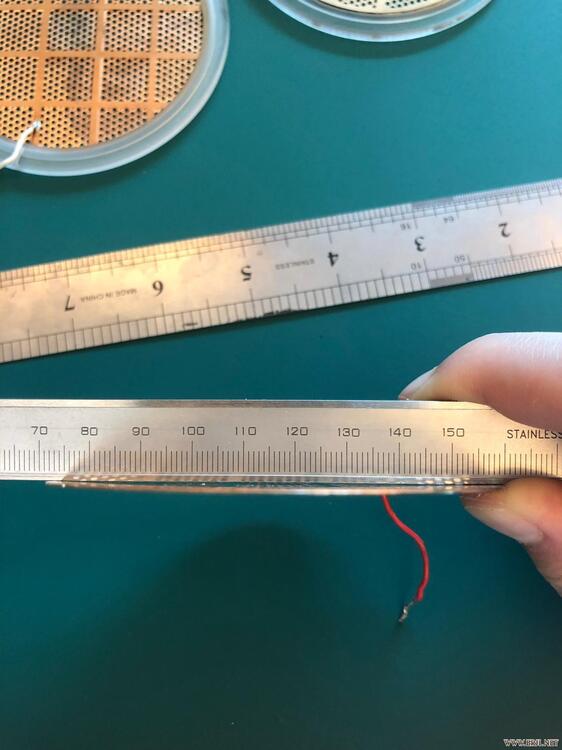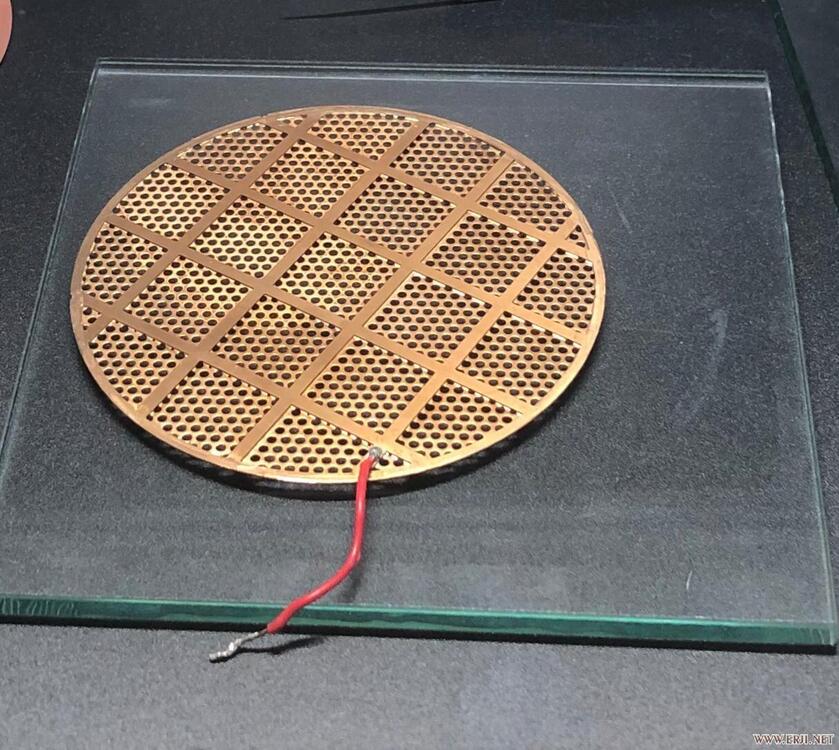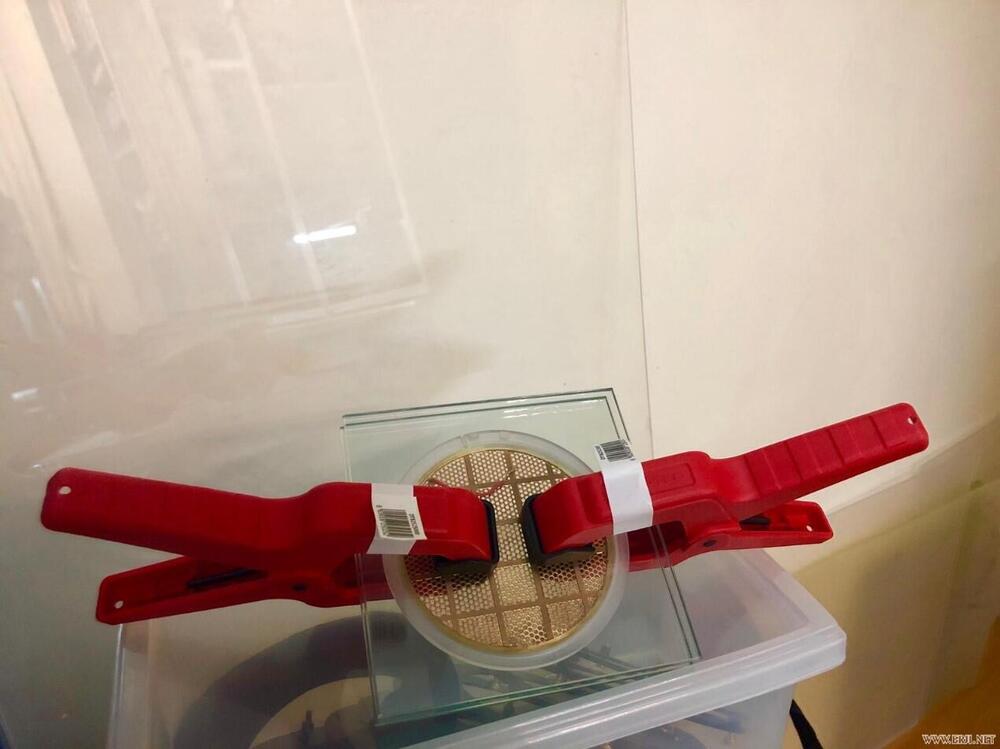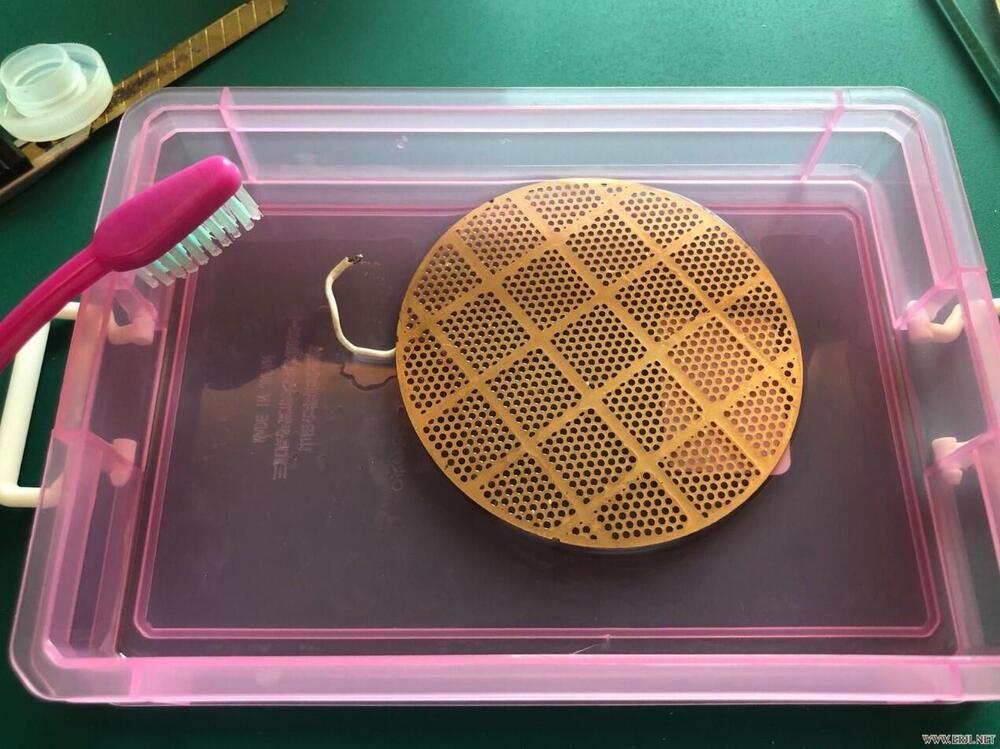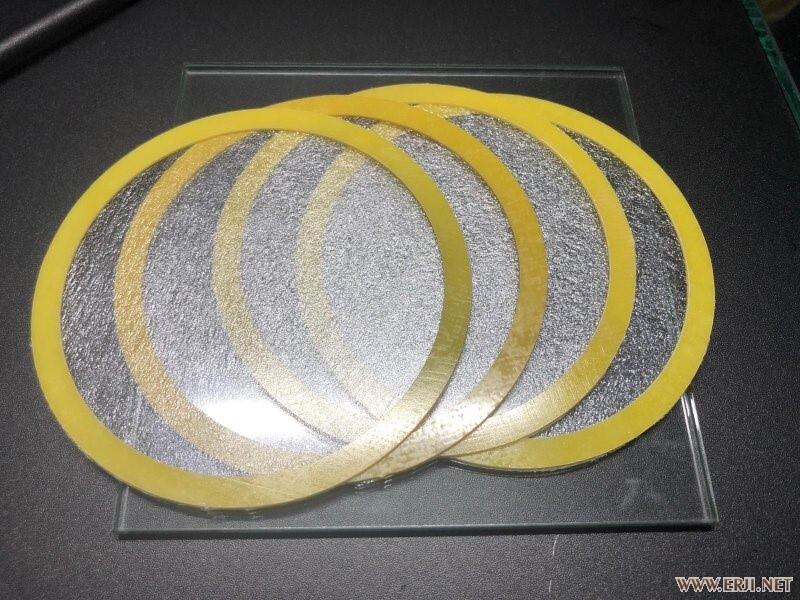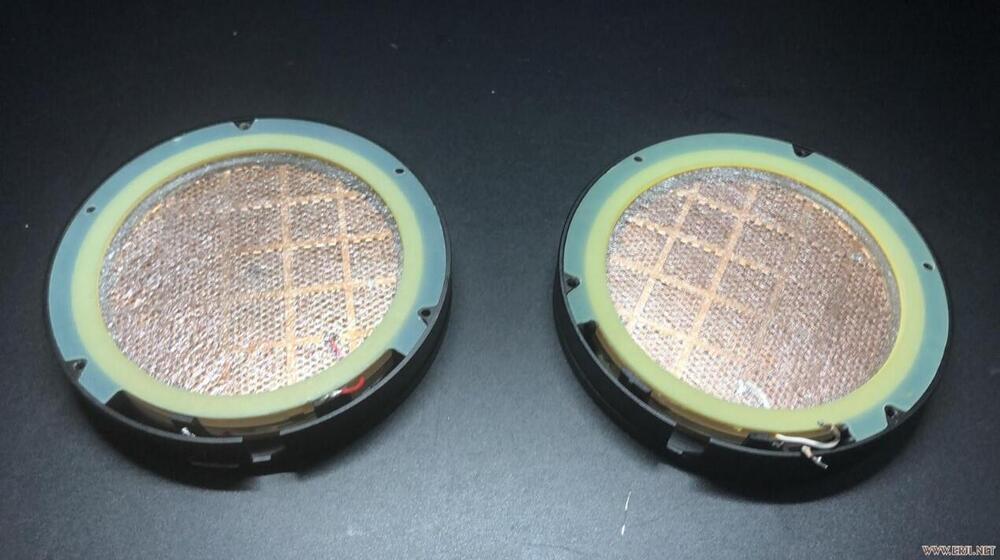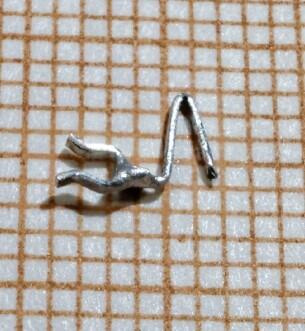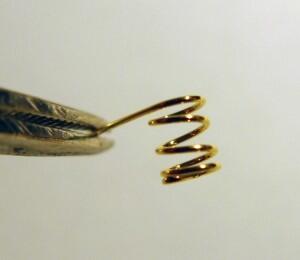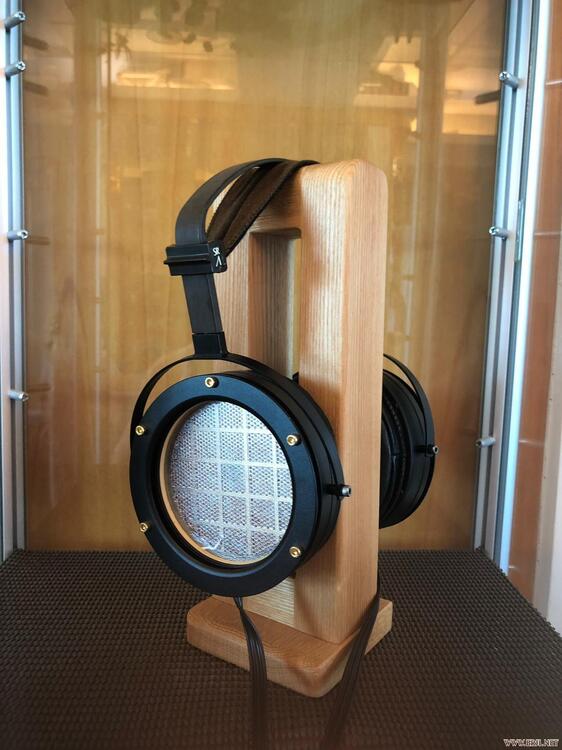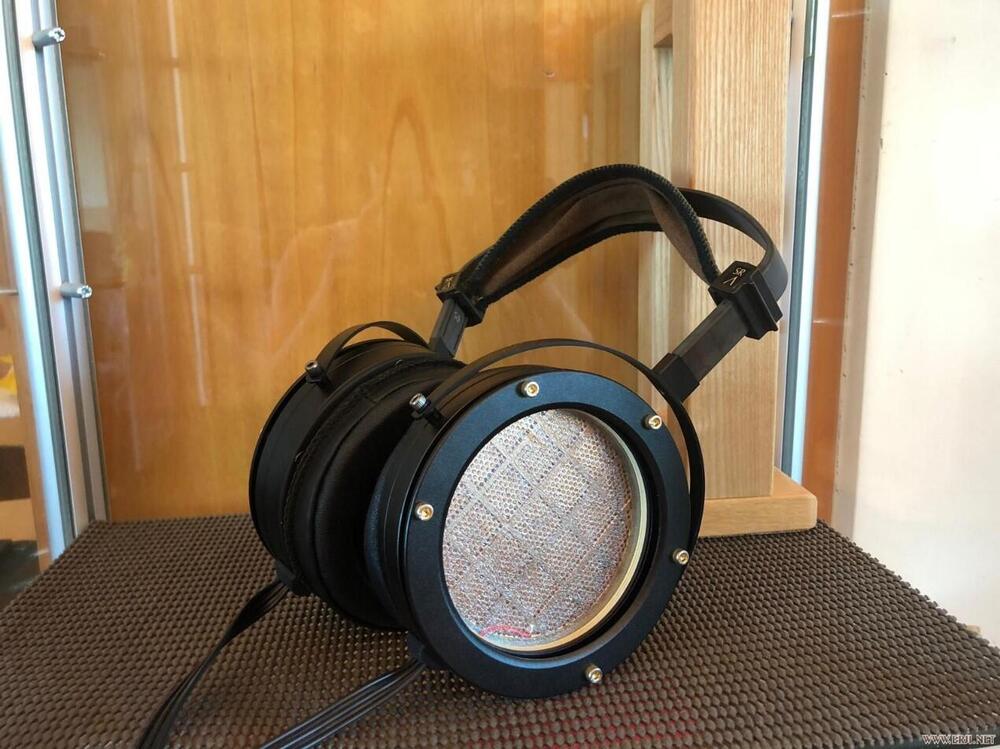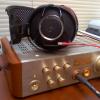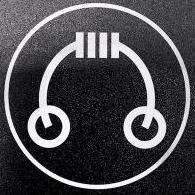Leaderboard
Popular Content
Showing content with the highest reputation on 03/09/2020 in all areas
-
Made good progress this weekend testing the PSU main board and the GRHVxxx. Everything tested works as designed. The LED has a cool feature - it blinks at power on till the timed delay kicks in then the B+/B- are turned on and the LED stays on constantly. Photoed is my test setup powering my electrostatic CFA. GRHVxxx set up for 339VDC rails intended for my SRX Plus. The current draw with the CFA is quite low and over the 4+ hours, the regulated voltages were rock stable and temperature rise was minimal. I hand-soldered everything including all SMD parts Waiting to hear back on the quote for assembled GRHVxxx board. Should have more to share this coming week.5 points
-
^ Another biggie. Max von Sydow, Star of ‘Seventh Seal’, ‘Exorcist’, and a Billion Other Films, Dies at 90 Great older piece and video over at Criterion - The Looming Gravitas of Max von Sydow. Embedded below. Well worth a watch. Vin Diesel this is how you act.3 points
-
I have the JH13freqphase, and it's still a pretty good CIEM. I have tried universals of the Layla and another more expensive and more recent JH unit (don't remember which one), and they sucked. The bass adjustment screw is dreadful — it takes the bass from "ouch my ears" to "I don't know what I'm listening to", and I don't know how to adjust it to sound, you know, like instruments do in real life. I'm not even sure if the reasonably well-tuned JH13 is even still available. My personal opinion: avoid modern JH. In the world of universal IEMs, the Campfire Audio Andromeda is pretty terrific. Everything else CA makes seems to have had problems. CA has a custom, too, and has the advantage of being one of the very few CIEMs with MMCX connectors. I don't know how it sounds. In the world of customs, 64 Audio seems to have been winning a lot of respect. Don't ignore UE also. I remember trying a UE18 universal demo and thinking it sounds nice. Take a look at https://crinacle.com, the site of a respected reviewer in the world of IEMs. He seems to have tried and measured a lot of them. Take with a shovelful of salt as always.3 points
-
Meanwhile ... https://www.economist.com/prospero/2020/03/06/the-hitchhikers-guide-to-the-galaxy-turns-42 Happy 42nd Anniversary H2GT2G ! https://www.comedy.co.uk/radio/news/5682/h2g2_at_42/ EDIT: oh, and https://www.theregister.co.uk/2020/03/09/hhgttg_42/3 points
-
I posted a Chinese version of this article several months ago and now I translated it and put it here. I guess some people here will be interested. I hope you like it. Actually I have some more articles like this pending but I just don't have the time to write it up. --------------------------------------------------------------------------------------------------------------------------------- It all started about a year ago that a second hand sr-omega popped up in the local community. From time to time omegas show up on markets around the world but this one is different: an omega with 007 drivers installed. When the drivers are replaced, such omega drops its value to a fraction of its original. The seller listed it for 48888 RMB initially and sold it for like 20000 + at the end. When I first saw the listing, the first thing that caught my attention are neither the price nor the 007 drivers but one accessory laying aside, which is a pair of dead drivers I have never seen before. At first sight I know that it’s a prototype, a true unicorn that probably only one pair exists in the world. I am so curious on how it sounds and how it compares to 007 or 009 or the original omega. I messaged the seller right away and after some persuasion and explanation that I can give this driver a next life, I got it at a reasonable price. And it has become one of my biggest regret that I didn’t also purchase the omega itself that time, otherwise I can put it back into the place where the drivers belong to. Here is the driver itself. From this driver you can see several innovations made by Stax that has never been seen in other Stax models before it. The diaphragm is identical to a normal omega but the electrode is totally a different creature: copper plate similar to lambda sig etc. but much more refined. Over different regions of the electrode the thickness is different. The thicker copper comprises of the # pattern skeleton to give the rigidity while the thinner copper is perforated. You can see the same topology on 009 and 009s where they claim to have the MLER welding technology employed on the electrode. But this omega prototype electrode is in one piece and just as thick as a credit card. Furthermore, they rounded the edge of the perforation like what Stax does on 009S. Stax even make a sectional view illustration graph on their 009S promotion leaflet. Such treatment helps sound to radiate. To me it’s really impressive to see some characteristics of a flagship model today on a 30-year-old design. But Afterall it’s a prototype. It does have some problems: this electrode is too thin to give enough rigidity and prevent bending. They are curved to 5 o at most. Moreover, the area of attachment between the frame and the electrode is too small. It just peels due to aging. I see such defects in some modern designs too. Although its reasonable to have these issues because its 20+ years old, it does reveal that the one who designed it is not thoughtful enough. Perhaps that’s why it was never released to the market except the one on my desk. Besides the defects the design has, the driver itself is at a very bad condition. The drivers have been exposed to the external environment, so dust gets onto everywhere. The one who does not properly seal the package probably has never imagined that this driver will be repaired. It’s a pain in the ass to make the driver dust free again, especially when they are on the very fragile diaphragm. Normally I don’t accept requests to repair an exposed driver and I will give a new quote to clients who send me an exposed e-stat without telling me in advance . But I own this driver and I can bear the risk so that’s OK. The four electrodes are bent in different direction and magnitude as well as having detachment and failure of epoxy. Taking it apart and bent it manually is the only way out. It takes a lot of skill to bend a bent copper plate. Like you have to apply a certain amount of force on the copper and then you check how you have bent it by eye balling or a ruler, and you repeat this process a dozen times on one plate. You make it worse if you don’t know how. The most challenging part of it is that how much you bend an electrode actually affects the sound pressure on one side of the driver so at this point you just have to guess. I have neither the tool nor the file of the design, its all hiding in somewhere inside Stax’s archive library. At most of the time repairing a e-stat is more challenging and troublesome than making a new one. Aging will just make everything a mess and sometime you have to wipe the ass of someone who does not make the design good enough to withstand usage. Solvent removes dust and grease on the driver. It gets much trickier when it comes to cleaning the diaphragm. Effectiveness of a method to clean the diaphragm is an issue when there is just too much dust, not to mention the risk that you will break a diaphragm by puncture or sketch. At the end I decided to clean the diaphragm with solution. Although it will damage the coating, it means nothing to me as I can recoat it anyway to replace the old one which is probably damaged anyway. Cleaning done. They took away the dust screens so I have to prepare these as well. Last Step: assembly, the most important part of all steps. This several hours of work determines how long a driver can last before imbalance or noise occurs. Its my duty to make sure every edge and surface inside the driver is dust free. If not, dust will eventually get onto the diaphragm at some point in its service life and short the electrode and the diaphragm. Practically if the pollutant is much smaller than DS gap 0.5mm then its fine. All these procedures are done in a dust free environment. Soldering work Omega adopted a spring mechanism to connect the bias supply to the diaphragm. It is shaped like a tuning fork and it is odd (photo credits to audiohobby .pl ). I tried to make one but it just can’t grip firmly. After some days of having this troubling me I figured out a way, using HD600’s spring and I glad that it worked, at least for now. I used 007 cable, lambda sig headband, cnc machined and anodized aluminum casing and tailor made earpad. I am a proud Omega owner and I shipped the earpad for a clone. The result is satisfactory. I took away the back grill for inspection but I am kind of regret because I cannot put it back. The general sound signature of this omega prototype is somewhat identical to the original: natural, airy, transparent and clean. Its free of unnaturalness which can be found on 009 (please forgive me if you find this statement irritating, afterall the perception of sound is subjective). It has a larger soundstage than 009 for sure but I think 009 has more details than this one slightly. To me this prototype takes a midway approach between early-SN omega and Late-SN omega. It has a bit of the sweet coloration of an early omega while having much of the naturalness of a late omega. I found that early omega has a huge, diffused soundstage while a late omega has some in head effect which is unpleasant to me. Luckily this prototype is more on the early side. But still this prototype is different from the two regrading the proportion of width and depth of soundstage. I can’t explain more because I haven’t AB compare yet. What amaze me the most is how the prototype omega differs from the typical omega in the dynamic and bass region. The normal omega gives me an image of mellow, soft and relaxing in the bass region. Although 009 and 007 has better bass and impact I like the stress-free presentation of the original omega. The only thing omega put stress on me while I am wearing it is its price. In the prototype omega, I feel an enhancement on the impact, the speed and the amount of bass. Perhaps it’s the reason why they create this prototype, to improve on what the original is lacking. The density of imaging of sound also improves by a bit. Be caution that I cannot remove the effect of the different earpad and casing on the overall sound comparing to the original so the effect I mentioned above might be due to them. Despite all these merits, there is something lacking in this prototype: The openness of soundstage and the super-revealing details on the original omega. If omega scores 100 and 009 scores 85 in the aspect, I will give a 95 to this prototype. The transition from mesh electrode to plate electrode seems to be a double-sided sword. I remember in one of the Stax staff interviews they explained on Pros and Cons between mesh and plate electrodes. You give up something to exchange for another. Nothing is perfect unless you pay a double.1 point
-
1 point
-
Do the models above the JH13/16 in the price hierarchy have sonic benefits as opposed to specialist tunings? (eg the Angie appears to be marketed as being specifically for vocalists: "outperforms any other vocalist-specific IEM on the market") The advertising copy on the JH website doesn't give much confidence: "takes you out of the world of digital and transports you back into the raw sound of the 1960s" jesus christ...1 point
-
Finally found a good link to the full two-hour Cure set at Glastonbury last year. Obviously highly recommended if you have the time. Imagine having this catalog to rip through?1 point
-
Land of Giants, and then a little more McCoy/Bobby collaborations.1 point
-
Awesome Justin! Looking forward to see you man.1 point
-
1 point
-
Love This Giant Great album... turned the volume up a bit and I'm loving it. I do think David Byrne added a lot of warmth and humanity to Annie Clark's signature cold, brilliant style of music. I hope they do another album together soon.1 point
-
0 points






